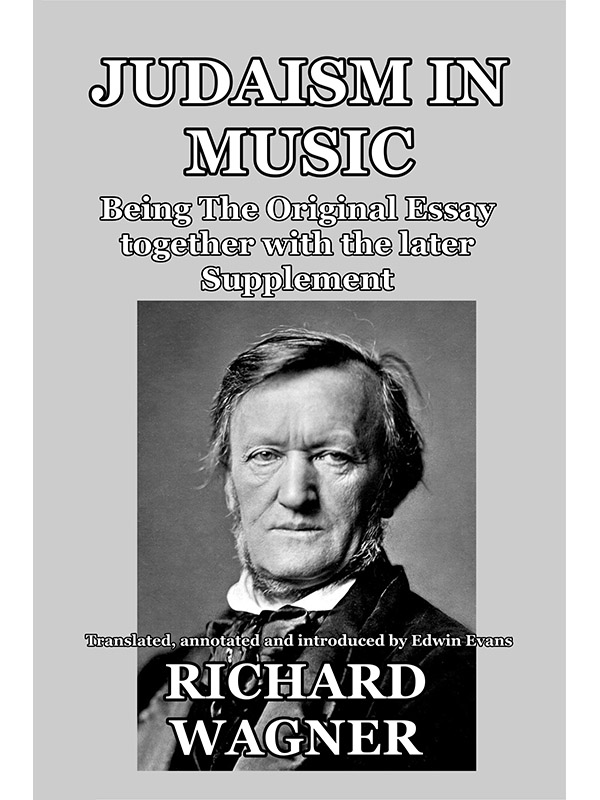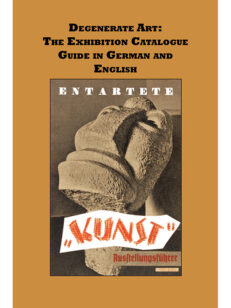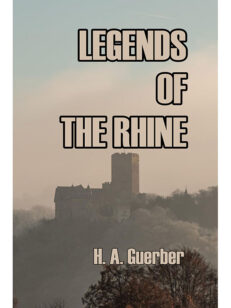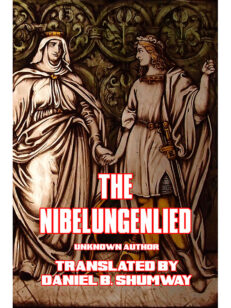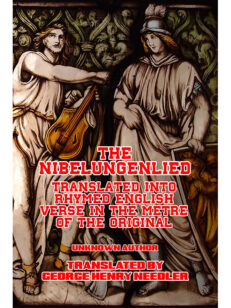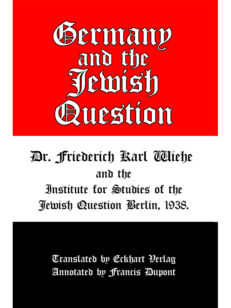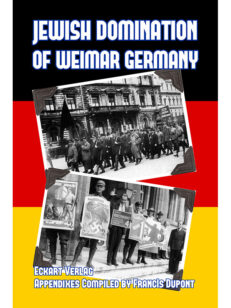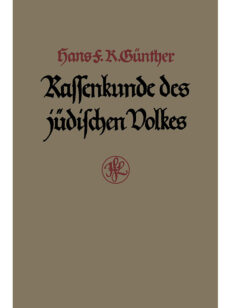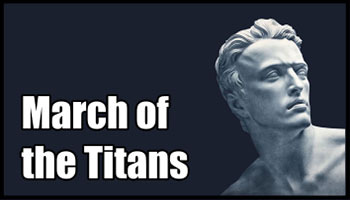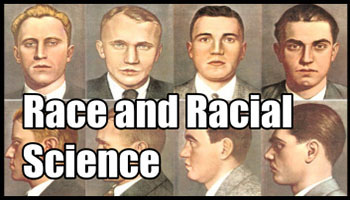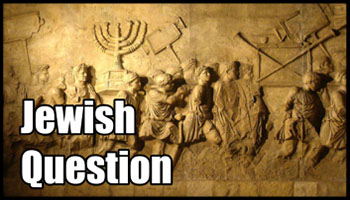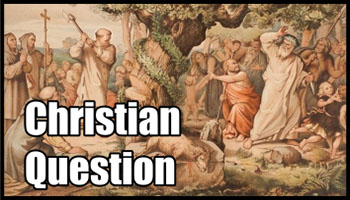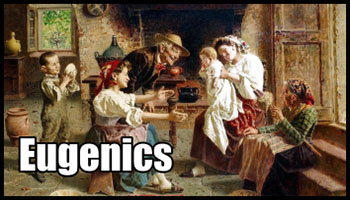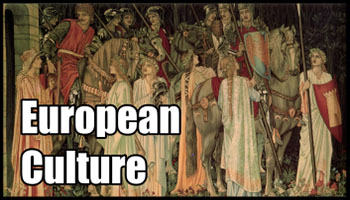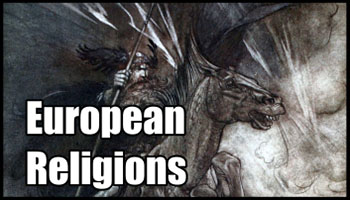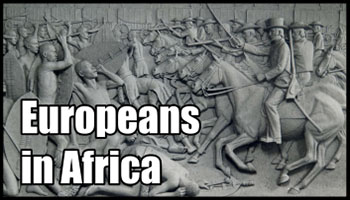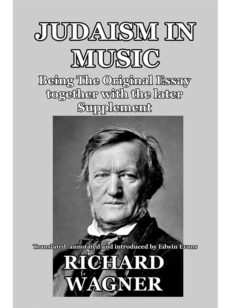Description
By Richard Wagner. Being The Original Essay together with the later Supplement. Translated, annotated, and introduced by Edwin Evans. Famous “Ring” Trilogy composer Richard Wagner argues in this essay that Jewish involvement in European culture always had a negative and distorting impact. Jews, Wagner wrote, did not have the European “folkish soul” required to create genuinely European art, and, as a result, were only imitators who crassly deformed all that they produced.
As a result, he said, all art—be it musical or otherwise—from Jewish sources was always shallow and a mockery of true art. Along the way, he discusses the Jewish type, and their broader influence in society.
First published in 1850, “Judaism in Music” created a storm which forever earned him the hatred of the Jewish lobby in Germany and elsewhere. Originally issued under a pseudonym, Wagner republished the book in 1869, along with a supplement, under his own name.
In the supplement, Wagner discusses the reaction to the original essay’s publication, and goes on to discuss how the Jews controlled the major newspapers and theaters of his day, and how the media turned against him after the 1850 essay saw the light of day.
This edition also contains Wagner’s 1878 essay “What is German,” which contains further remarks on Jewish activities within Germany.
Contents.
Introduction
Address (to Madame Muchanoff)
Note regarding the Title
Part I. The Original Essay of 1850.
Chapter I. Introductory.
The Question introduced. Limitation to Art-Matters. Liberal tendency of modern thought. Its effects. The Jew’s introduction to Art. The oppressions of Judaism
Chapter II. Characteristics.
The Jew’s characteristics generally. His exterior. His speech. His artistic incapacities. His mannerisms. His vocal attempts
Chapter III. Art-Relations.
Plastic art. The ennoblement of money. Origin disdained. The true poet. The Jewish musician. Absolute music and its Jewish imitation. The Folk-Spirit
Chapter IV. Musical Creation.
No Jewish art. Only source of inspiration. Music in the Synagogue. Our Folk-song unavailable. The inner life of our music. The Jewish composer
Chapter V. Mendelssohn.
Endowments. Bearing of his case upon the subject. Characteristics of his music. The language of Bach. The language of Beethoven. Resumé
Chapter VI. Meyerbeer.
General View. Summary of his case. Its relation to our present art-life. Reasons for Jewish appearance in the field of music
Epilogue.
The Poet Heine and Börne the Author
Part II. The Supplement of 1869: Being an account of events subsequent to the original publication.
Chapter VII. The Opening Phase of Hostilities.
Tribute to Franz Brendel. The pseudonym of K. Freigedank. The enemy’s forces arrayed. The tactics employed. Developments in the Press. Nicknames. Dr. Hanslick on the “Beautiful in Music.” His appearance as musical critic
Chapter VIII. The Liszt Phrase.
The new party and Franz Liszt. “Zukunftsmusiker.” Secrecy of the enemy’s tactics. Liszt’s persecution in the Press
Chapter IX. The Theatres.
Experiences in France, England and Russia. Difficulties created for the later operas. Specialities in Hostility
Chapter X. The New Æesthetes.
Feebleness of the present art-spirit. Lethargy of the new Æsthetes. Their negative zeal. The position of the German composer
Chapter XI. Schumann And Brendel.
First impulses. Leading musical characteristic of the period. Robert Schumann. His conversion. First impulses revived by Franz Brendel
Chapter XII. Apostrophe.
The triumph of Judaism. The present position. Impediments to a closer friendship. Aspirations
Conclusion
Note. (On the Author’s subsequent view)
Part III: What is German? An Essay from 1878
102 pages. Paperback.

